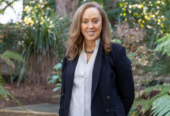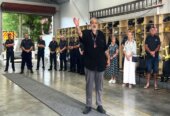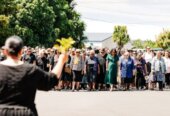Waipā’s northern neighbours are wooing the council in an apparent effort to get the local authority to join their water services company.

Behind closed doors at Waipa District Council’s office in Te Awamutu.
Discussions were held behind closed doors in Te Awamutu yesterday (Wednesday) between Hamilton, Waikato and Waipā districts and were believed to have included a sweetener deal around water meters and the growth issues the three of them face.
The public excluded workshop comes as merger debate among Waikato’s 12 local authorities – fuelled by the need to sort out their water arrangements – has been rekindled.
If Waipā went with Hamilton and Waikato over water, organisations like Waikato Chamber of Commerce – which argues council amalgamations should be dominating this local body election year – would ramp up the pressure.
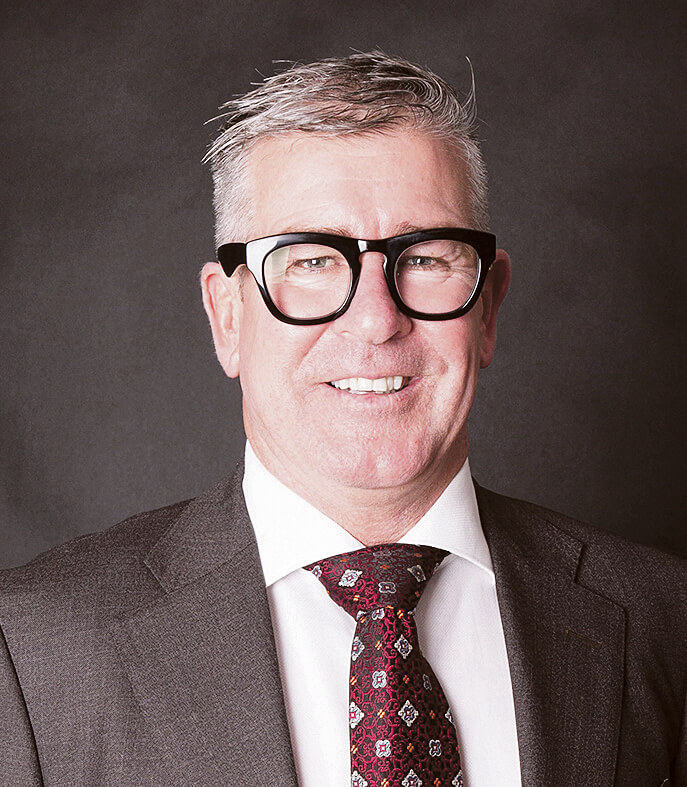
Max Baxter
News of the water meeting came as a surprise to Ōtorohanga and Waitomo mayors Max Baxter and John Robertson who both said it was critical to have Waipā in the Waikato Water Done Well deal with them, Matamata-Piako, South Waikato, Thames-Coromandel and Taupō.
Waipā agreed to a non-binding head of agreement with the rural councils in November.
Waitomo and Ōtorohanga councils are already facing ratepayer revolt over double digit rate increases and Robertson is in the “it’s time to merge” camp.
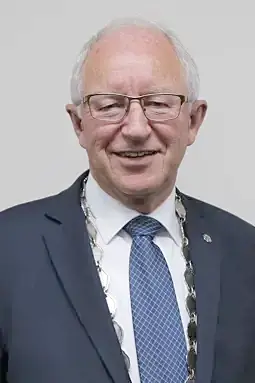
John Robertson
“It no longer makes any sense for our two King Country councils to duplicate administration and pass costs onto ratepayers the way we do,” he said.
Baxter said there was “a real need” for Waipā to be in the water mix.
“If Waipā left, that would change the whole dynamic and would be to the detriment of Waikato Water Done Well,” Baxter said. “It’s just a whole new discussion.”
Baxter said he also understood the need to explore all options.
“It would be poor form if they did not investigate opportunities.”
His views on a merger with Waitomo are no secret – he wants Ōtorohanga to look north towards Waipā.
Robertson said Waipā district was “really important” to the Waikato Water Done Well proposal.
“It’s the biggest council in terms of population,” he said.
An estimated 62,700 people live in Waipa – a quarter of the 207,000 residents in the regional proposal.
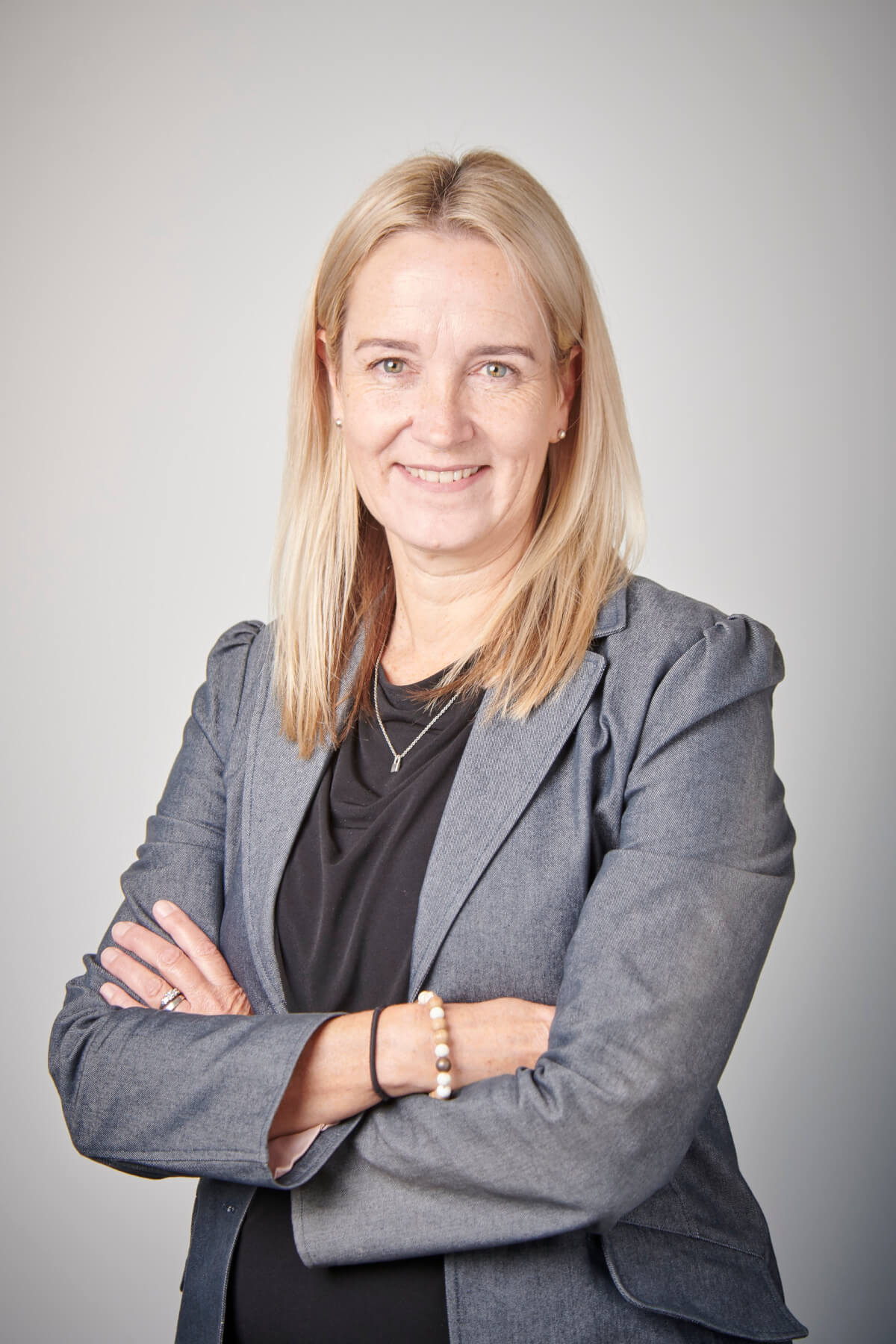
Susan O’Regan
With population comes the ability to collect rates to fund capital projects.
“I am very keen to see all seven councils that have signed up to stay in the group,” said Robertson.
“If we can do that then the option is very feasible. I have no reason to believe that Waipā won’t stay with us because we can make a great option.”
Both Waipā and Waikato installed meters eight years ago while Hamilton water usage is included in general rates. The News understands Hamilton would need to commit to a targeted city only rate to pay for their installation.
In a statement last year, Waipā mayor Susan O’Regan said “this decision will likely be the biggest one our elected members will face as a council. It will impact Waipā for many generations to come.”
Under Local Water Done Well legislation, all councils are required to produce a water services delivery plan by September – the month before local body elections – ensuring future delivery is financially sustainable and meets quality standards.
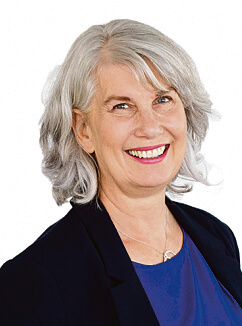
Paula Southgate
Hamilton mayor Paula Southgate said the city had always been open about being prepared to have discussions with Waikato local authorities, particularly Waipā as it was a neighbour.
Waikato Water Done Well advisor and former Matamata-Piako District Council chief executive Don McLeod said it was difficult to speculate on the outcome of yesterday’s talks.
“We are getting to the point where decisions have to be made.”
Financial modelling was underway that would help councils – and their ratepayers – decide on the matter, he said.
-
- Additional reporting: Mary Anne Gill
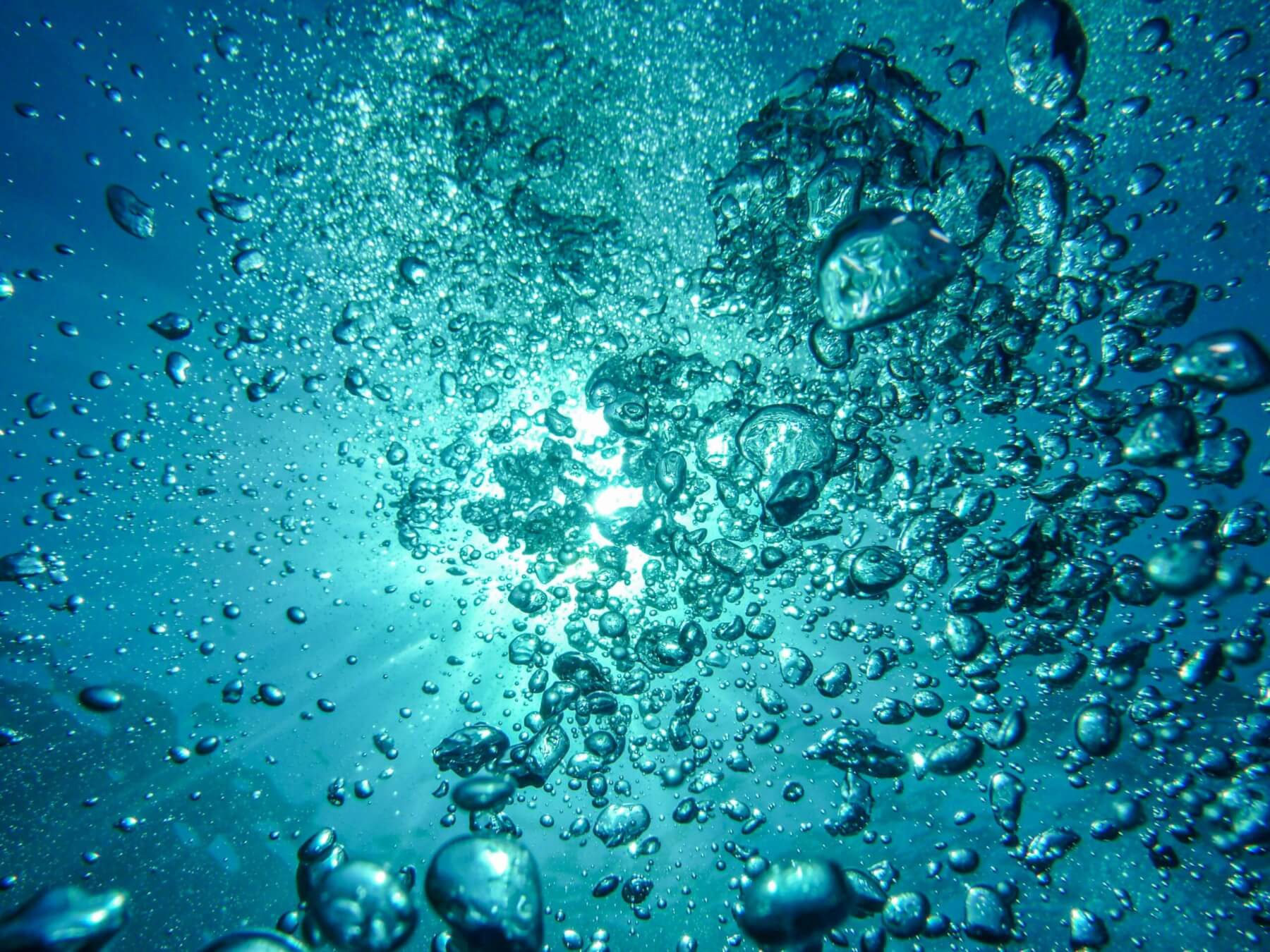
Water. Photo: Pixabay





